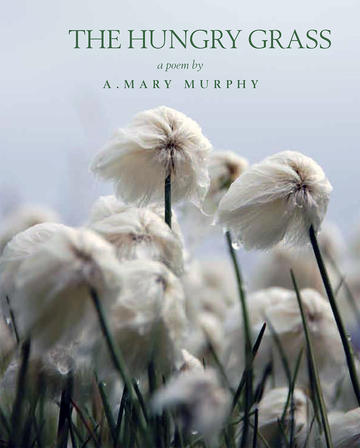This book tells a story that nobody knows because at the time the story happened, nobody cared. The individual lives of the labouring Irish were unrecorded, irrelevant. The Hungry Grass weaves the threads of daily routine, annual cycles, religious faith, fairy belief, communal practice, and political reality to show as clear a picture as possible of the very complex life among tenant families in the nineteenth-century. The poet begins with the little she knows of her Murphy ancestors: the names and birthdates of the six who survived to emigrate, and the name of the parish where they lived. I also knew from my triple-great-grandfather’s obituary that two children did not survive. This volume is one continuous poem that unfolds over the course of fifteen years. It never falters in evoking its theme, or in being focused and concise, with impeccable word choices, and unfailing, echoing rhythm. When employed, the rhyming is subtle and musical. The shape of thought, which is a consistent seven-syllable line with occasional variation of one or two syllables, is masterful in its execution of sound and sense.



